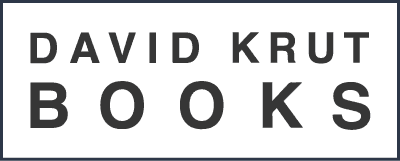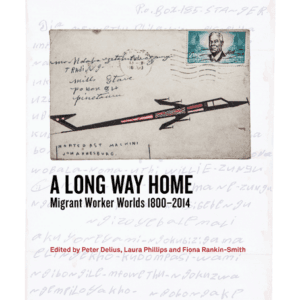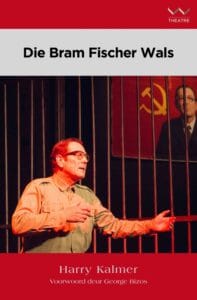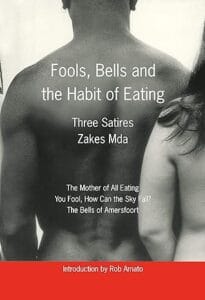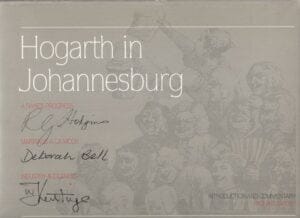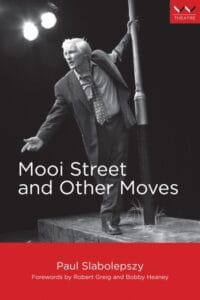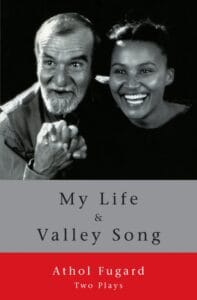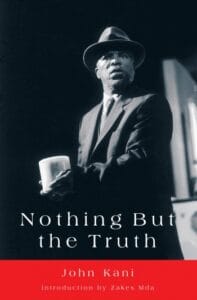Showing 1–16 of 17 results
-
 Out of stock
Out of stock
R400A Long Way Home captures the humanity, agency and creative modes of self-expression of the millions of workers who helped to build and shape modern South Africa.
The book spans a three-hundred-year history beginning with the exportation of slave labour from Mozambique in the eighteenth century and ending with the strikes and tensions on the platinum belt in recent years. It shows not only the age-old mobility of African migrants across the continent but also, with the growing demand for labour in the mining industry, the importation of Chinese indentured migrant workers.
Contributions include 18 essays and over 90 artworks and photographs that traverse homesteads, chiefdoms and mining hostels, taking readers into the materiality of migrant life and its customs and traditions, including the rituals practiced by migrants in an effort to preserve connections to “home” and create a sense of “belonging”. The essays and visual materials provide multiple perspectives on the lived experience of migrant labourers and celebrate their extraordinary journeys.
A Long Way Home was conceived during the planning of an art exhibition entitled ‘Ngezinyawo: Migrant Journeys’ at Wits Art Museum. The interdisciplinary nature of the contributions and the extraordinary collection of images selected to complement and expand on the text make this a unique collection.
-

R150Van Graan’s potent mix of comedy, poetry and drama compels audiences to reflect on controversial topics in a non-alienating, thought-provoking and thoroughly entertaining way. Readers will laugh and cringe and sometimes cry, but one thing they will not be able to do is remain unaffected
-

R150Hoewel hy algemeen bekend is as die Afrikaner-Kommunis wat vir Nelson Mandela van die galg gered het, is bitter min bekend oor Bram Fischer die man. Fischer was ‘n gerespekteerde senior advokaat by die Johannesburgse Balie, wat gekies het om hom by die onderdruktes te skaar en wat ondergronds gegaan het om by die gewapende stryd aan te sluit. Hy is op 5 November 1965 in hegtenis geneem nadat hy vir bykans tien maande op vlug was.
-

R190Cupidity, corruption and conciliation are the themes of the three plays in this collection from one of South Africa’s leading writes. The Mother of all Eating, a one-hander, with its central character a corrupt Lesotho official, is a grinding satire on materialism in which the protagonist gets his come-uppance.You Fool, How Can the Sky Fall? is an unbridled study in grotesquerie, reflecting a belief, traceable throughout Mda’s work, that government by those who inherit a revolution is almost inevitably, in the first decade or two, hijacked by the smart operators.
-

R1000Hogarth in Johannesburg is the timely product of several paths crossing. As the model of Hogarth suggests, some of these paths involve the tradition of art history and the position of the three Johannesburg artists within it.
-

R350In Losing The Plot, well-known scholar and writer Leon de Kock offers a lively and wide-ranging analysis of postapartheid South African writing which, he contends, has morphed into a far more flexible and multifaceted entity than its predecessor. If postapartheid literature’s founding moment was the ‘transition’ to democracy, writing over the ensuing years has viewed the Mandelan project with increasing doubt. Instead, authors from all quarters are seen to be reporting, in different ways and from divergent points of view, on what is perceived to be a pathological public sphere in which the plot- the mapping and making of social betterment – appears to have been lost.
-

R275This collection of six plays by South Africa’s leading playwright and actor features works written between 1984 and 1993. The works included are Under the Oaks, Over the Hill, Boo to the Moon, Smallholding, Mooi Street Moves (Vita Playwright of the Year) and The Return of Elvis du Pisanie (winner of the 1992/93 IGI Life Vita Award).
-
 Out of stock
Out of stock
R120My Life is based on the diaries of five South African girls who were growing into womanhood in 1994. The perspective of each young woman on her country and her people is conveyed with a mixture of naivety, exuberance, warmth and humour. A small Karoo town provides the setting for Valley Song, which explores the theme of youth in search of itself, and provides a lyrical metaphor for the new South Africa in which it was set, and has been termed one of Fugard’s most endearing plays.
-

R120Nothing but the Truth is a story of two brothers, of sibling rivalry, of exile, of memory and reconciliation, of the perplexities of freedom
-

R400For the past decade, in an ongoing project titled The Lost Men, renowned artist Paul Emmanuel has challenged conventions around war memorials. He has questioned which soldiers are memorialised and which are erased, and the stereotypes around soldiers and masculinity. Featuring artworks from his three iterations of The Lost Men, Paul Emmanuel Men and Monuments highlights vulnerability, an aspect of masculinity so often denied by history and society.
-

R150Somewhere on the Border was written in exile and was intercepted in the post and banned by the apartheid censors. This one-act version of the play brings the South African Border War back into public discourse and pierces through the armour of silence, secrecy and shame that still surrounds it.
-

R250Sophiatown was the ‘Chicago of South Africa’, a vibrant community that produced not only gangsters and shebeen queens but leading journalists, writers, musicians and politicians, and gave urban African culture its rhythm and style. This play, based on the life history of Sophiatown, opened at the Market Theatre in Johannesburg in February 1986 to great acclaim. The play won the AA Life Vita Award for Playwright of the Year 1985/86. This new edition of the play includes an introduction which sets the work in its historical context.
-

R200Combative, volatile, constantly on the verge of exploding, Dwayne and Shanell Combrink are two halves of a white South African working-class couple, when Namhla Gumede, born on 16 June 1976, arrives on their doorstep. A smouldering dark comedy suddenly leads to startling revelations, rage and recrimination
-

Craig Higginson’s first three plays for adult audiences – collected here in one volume – represent one of the strongest debuts in contemporary South African theatre. Although each can be seen as a variation on the theme of the post-apartheid state of the nation play, they are also engaged with realities in Zimbabwe, the Congo and contemporary Europe. Higginson’s experience of growing up in wartorn Zimbabwe and apartheid South Africa have given him a deep-rooted and potent angle from which to dramatize a dialogue between Europe and Africa.
-

R180Evil stalks the township of KwaMashu, near Durban. It comes in the form of Whoonga, a toxic mix of B-grade heroin, rat poison and other chemical components that almost immediately sucks its users into the vortex of addiction and the crime, deception and personal tragedy that goes with it. Caught up in the web, the ulwembu of the title, presided over by the dealer, Bongani Mseleku, are Lieutenant Portia Mthembu, a police officer in the frontline of the fight against the scourge; her son Sipho; his friend, Andile Nxumalo, and Emmanuel Abreu, a Mozambique-born spaza shopkeeper.
-

R150What Remains is a fusion of text, dance and movement to tell a story about the unexpected uncovering of a slave burial ground in Cape Town, the archaeological dig that follows and a city haunted by the memory of slavery. When the bones emerge from the ground, everyone in the city – slave descendants, archaeologists, citizens, property developers – is forced to reckon with a history sometimes remembered, sometimes forgotten.
